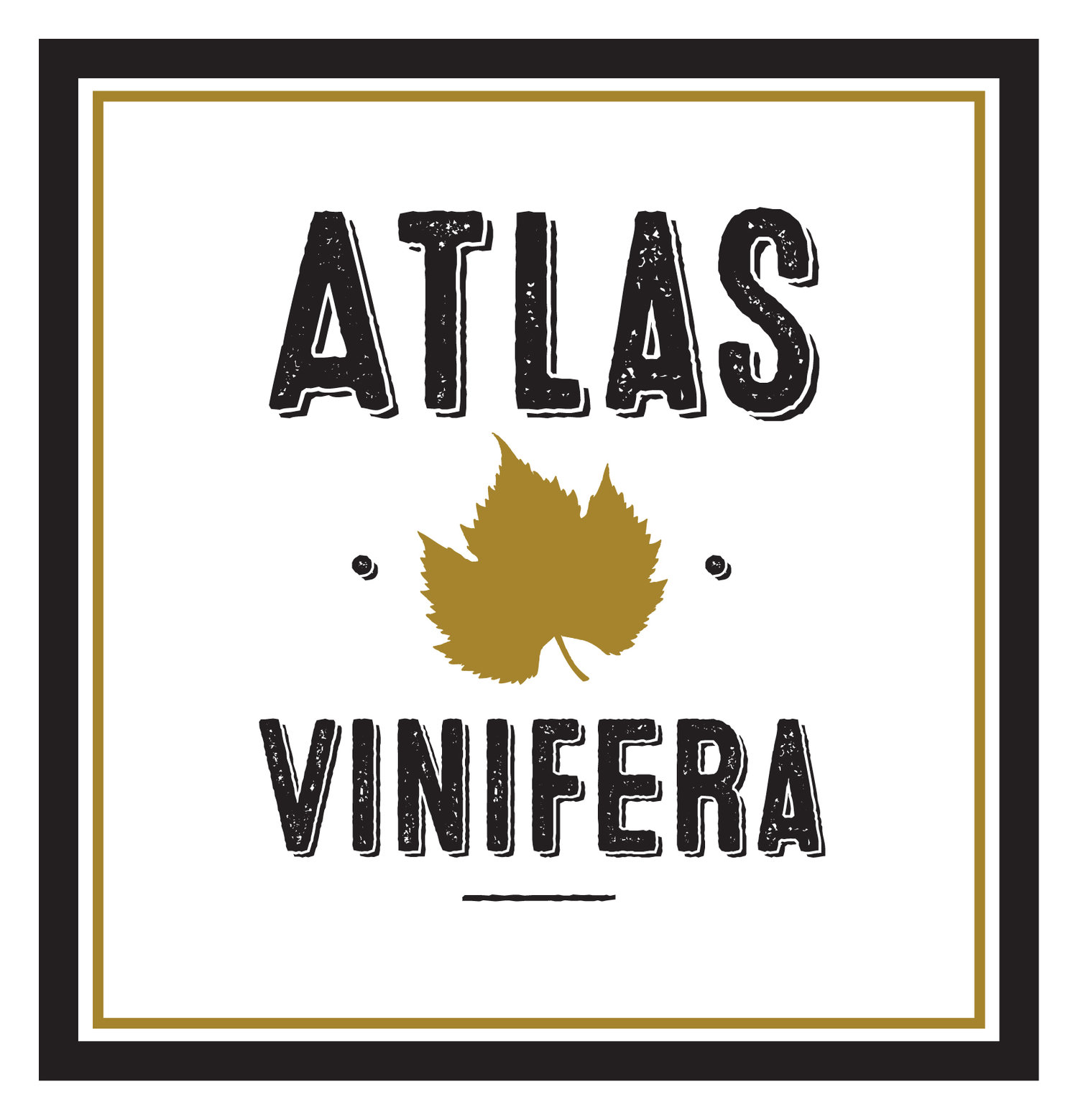2013 E Guigal Côte-Rôtie La Turque
2013 E Guigal Côte-Rôtie La Turque
Variety: Syrah, Viognier
Region: Northern Rhone, France
Within the hallowed soils of Côte-Rôtie, a trio of wines stand out as the greatest. These are known affectionately as the La-La’s; single-site wines from Côte-Rôtie’s greatest champion – Étienne Guigal. Étienne and his son Marcel resurrected the reputation of the region with their dedication to quality and reflections of the very special terroir of Côte-Rôtie, and the various soil profiles within this small, precipitous region.
Translating to ‘the roasted slope’, this is one of the steepest winegrowing areas in the world, with vignerons unable to utilise any form of machinery on these sheer inclines, and all viticultural procedures are undertaken by hand. In fact, the natural erosion that occurs forced the adoption of a pulley system up the hills, to return the deposited soil to the crest of the hill. In addition, the Rhône Valley’s natural phenomenon, an incredibly powerful wind called the Mistral means that the bush trained vines of the area need to be tethered to the ground with stakes, and trained low to the ground to prevent them being torn out by the sheer force of the wind.
Established in 1946 by Étienne, custodianship of the domaine was taken over by son Marcel in 1961. Marcel’s talented winemaking tamed a lot of the rusticity that Côte-Rôtie had previously been known for, utilising more modern techniques that rounded out the wines, producing a far more elegant style. In the advent of wine critic Robert Parker’s appraisal of the wines in the early 1980’s, the wines were elevated to the same status as wines from Hermitage, which had previously been considered the hallmark of the Northern Rhône in terms of quality. All three of the trio have been rated 100 points in previous vintages by Robert Parker, a hugely prestigious achievement.
The two main parts of the appellation are Côte Blonde and Côte Brune, named for the colour of the main soil type in each area.
La Turque was the last of the trio to come into existence, with the first vintage being produced in 1985 from a vineyard site within the Côte-Brune lieux-dit. It has been called the holy grail of the three wines, with a balance between the aromatic sensuality of La Mouline, and the sturdy depth and concentration of La Landonne. La Turque benefits from an incredible exposure that sees it benefit from sunlight throughout the day. Unlike La Landonne, La Turque is not one of the 75 recognised lieux-dits by French authorities, rather a trademarked name of the site which was intended to bypass French labelling laws that forbade alternative vineyard names being utilised.
Despite this, the name ‘La Turque’ has a long history in Côte Rôtie, and the original vineyard site was named La Turque in the 1920’s by the original owner, however by the 1935 the vineyard had died out, due to the Great Depression, and a general lack of interest in wine. By the time the parcel was purchased by Guigal in 1980, the vineyard, after its revival post-1935, had again fallen into dereliction, and the parcel had not been worked for over a decade and needed to be completely replanted.
The La Turque site comprises granite, silicone, limestone, schists and clay rich in iron oxide, allowing the wine to have ‘blonde’ accents, despite its location in Côte-Brune – quite close to La Landonne. The steepest of the three vineyard sites, La Turque is planted to both Syrah and Viognier. A much more powerful wine than La Mouline, but less intensely tannic and dense than La Landonne, La Turque finds a middle ground between the two styles; aromatic and supple, and yet still firm and concentrated.
The 2013 vintage was tasted for The Wine Advocate by Jeb Dunnuck, who rated it 95-97, and said the following:
“A bigger, richer wine than the La Mouline, the 2013 Côte Rôtie La Turque offers full-bodied, layered and almost decadent notes of blackcurrants, chocolate, cassis and toasted spice. This beauty has building tannic grip, a layered, concentrated mid-palate and serious length—all pointing to a long, healthy life. Forget bottles for 4-5 years and enjoy over the following two decades.”

